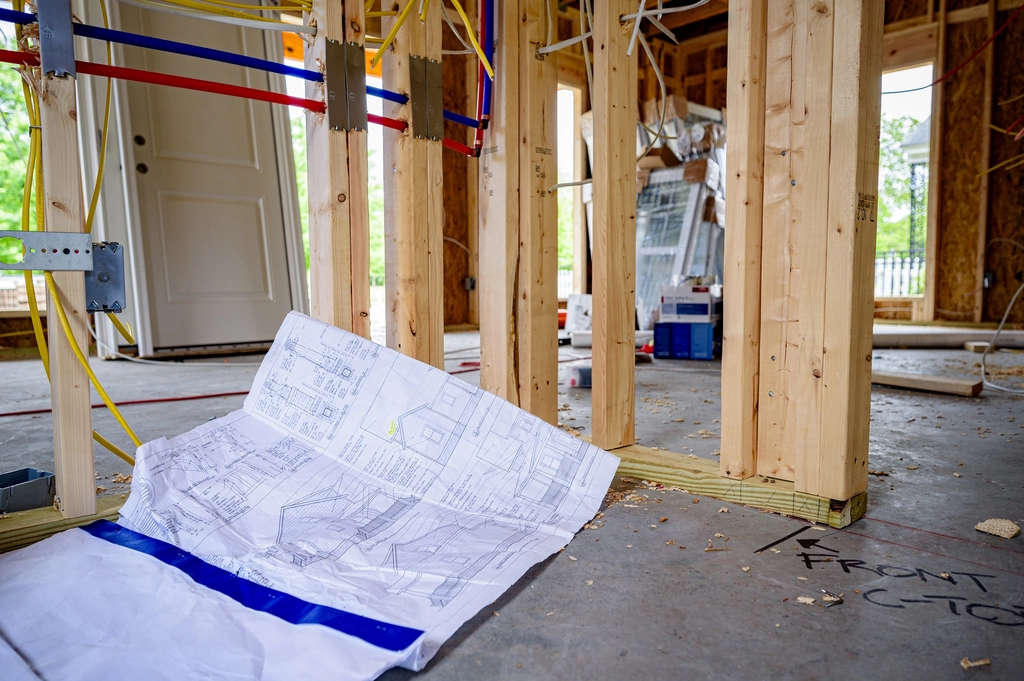Roofing and attic vents are more than strange looking equipment that resemble like lazy pinwheels on top of your home. They do serve an important purpose, and when properly installed, roofing and attic vents can prolong the life of your house. In the short term, a well-designed system of vents can save you money every month on your energy bills.
If you haven’t considered your attic or roofing ventilation lately, you might be missing out on newer, updated technology that can boost your home’s comfort and longevity. Modern innovations have improved ventilation equipment, yielding higher energy savings and enhanced moisture and temperature control.
Why Roofing and Attic Ventilation?
Roofing and attic ventilation are the way in which both heat and moisture escape your home. While it’s true some air escapes in gusts through windows or beneath door frames, a home’s mechanical ventilation system does the rest of the work. It does this using fans, ducts, and vents, placed strategically to ensure a consistent and controlled flow of air.
No matter the season, your home’s ventilation system is performing an important function. During the summer, your attic and roofing vents allow built-up heat to leave the top of your home. Without this, your air conditioner would work harder, your home would struggle to maintain a comfortable temperature, and you could suffer from poor air quality. Worse, this heat pent up heat can lead to shingle failure, which can mean roof leaks and pricey repairs.
In the winter, the warm air from your heater combines with the water vapor produced from common activities like washing dishes or showering. Without proper ventilation, this can cause warm, moist air to build up in your attic, leading to mold or mildew, damage to your roof studs, and even ice dams. Each of these issues can dramatically decrease the life of your roof.
Types of Roofing and Attic Ventilation
Your ventilation system will need both intake and exhaust vents to function properly. Simply put, exhaust vents allow the hot and potentially moist air to leave your home. Exhaust vents may be passive, utilizing placement and design to encourage the warm air outside, or active. Active exhaust vents use motorized systems to pull the hot air out. These can run on either your home’s electricity, or they can utilize solar power to operate.
Intake vents bring air into your home, generally through inlets placed beneath exhaust vents. This uses the natural push of incoming cooler air, to force hot air out of the exhaust vents. These intake vents are often installed in natural overhangs such as soffits, in or over the fascia, and/or in homes with a certain design, in the gables.
What Type of Roofing and Attic Ventilation is Right for Your Home?
Different homes have different needs that can affect the type of ventilation system considered to work most efficiently. However, ridge vents are a popular type of exhaust vent. These sit at the peak of a home’s roof. This planned placement allows for ease of efficiency, as hot air naturally gravitates toward the highest point. Soffit vents are also conducive to an efficient system, as their positioning serves to force the hot air up and out.
The design of your home will dictate the best way to install roof and attic vents to any expert.
Conclusion
When you’re ready to take advantage of the latest innovations in home ventilation, Ripcord Construction has reputable contractors who are skilled, professional and ready to service your needs. With an understanding of the way air flows from your home, a system can be designed that will improve both the longevity and efficiency of your roof. Click or call today to learn more about, or get a free estimate on, high quality roofing and attic ventilation for your home.






